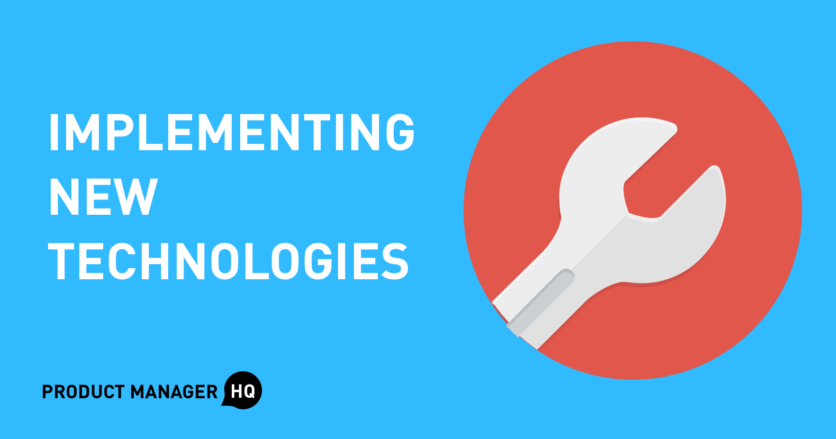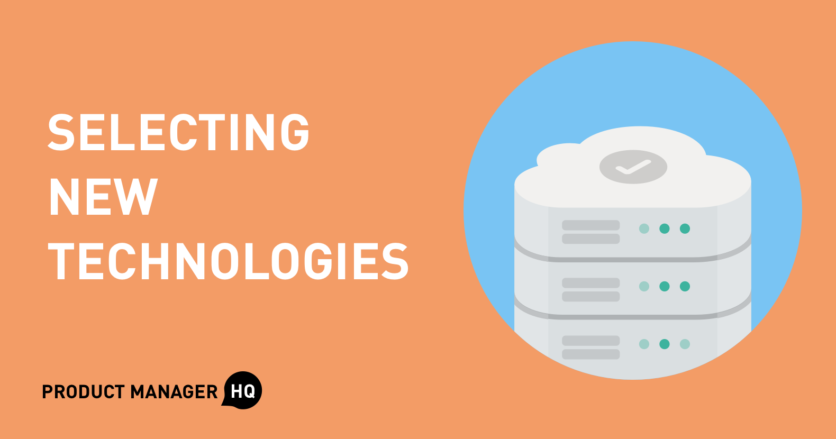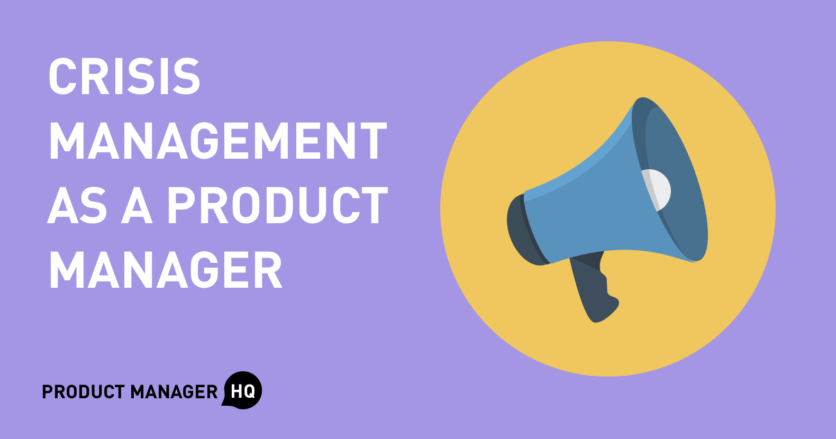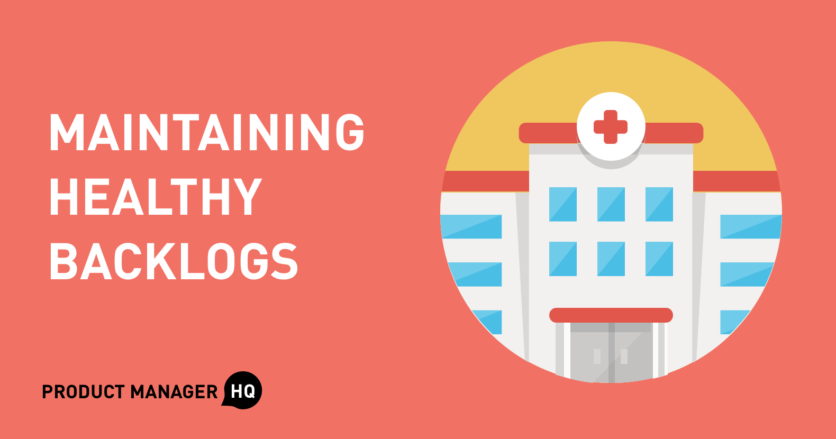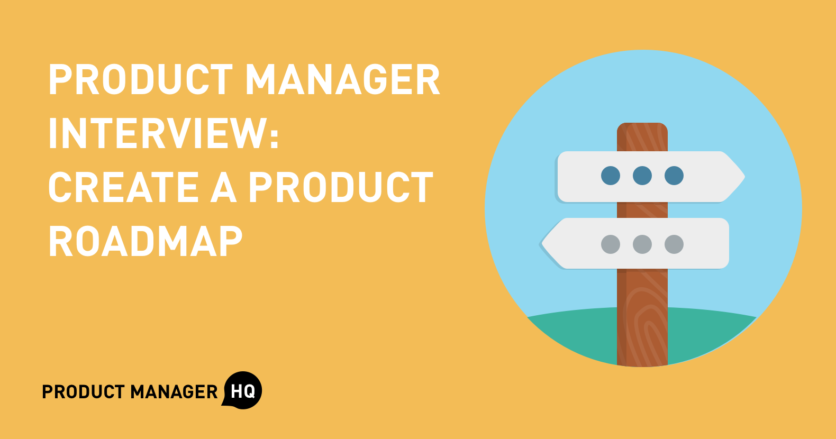In our last post, we discussed how to select new technologies for your tech stack. As a reminder, this decision is critical to the long-term health of both the product and the organization, and usually appears at critical inflection points. So now that we’ve discussed how to select new technologies, in this post we’ll tackle implementing new technologies.
Before we get started, I want to emphasize that the frameworks that we’ll explore below are valid across many different kinds of product launches.
As product managers, we should strive to leverage reusable frameworks and guidelines rather than blindly memorizing formulas or processes. That way, our experiences build on top of one another and enable us to tackle broader and deeper challenges over time.

